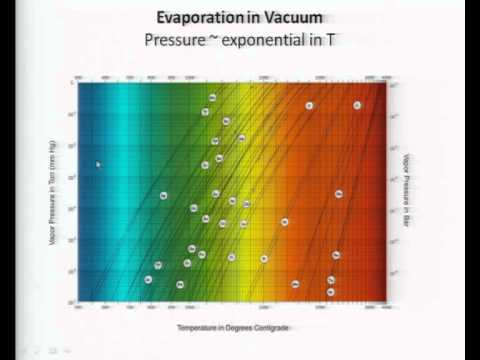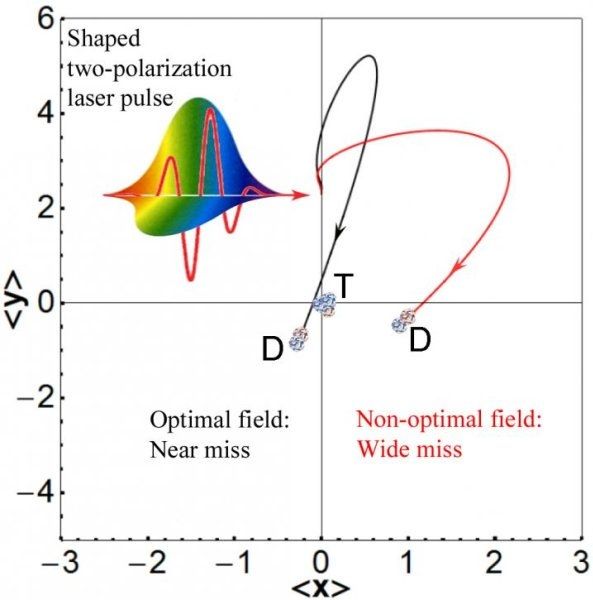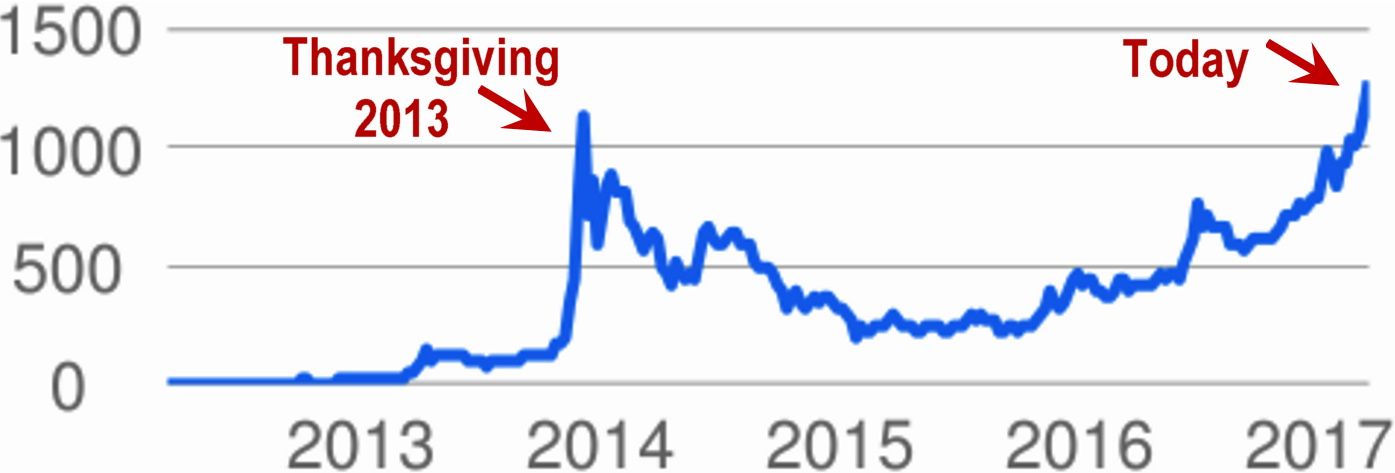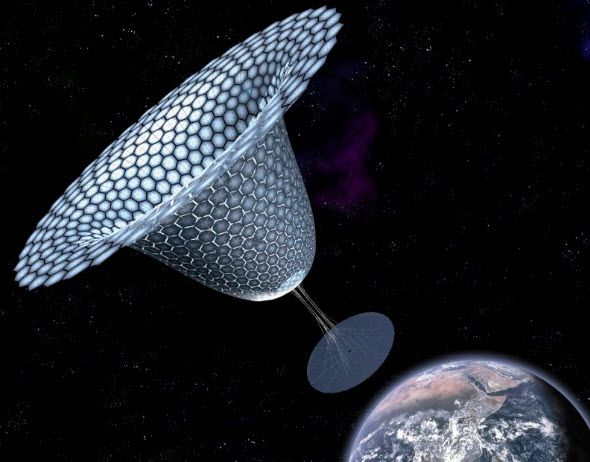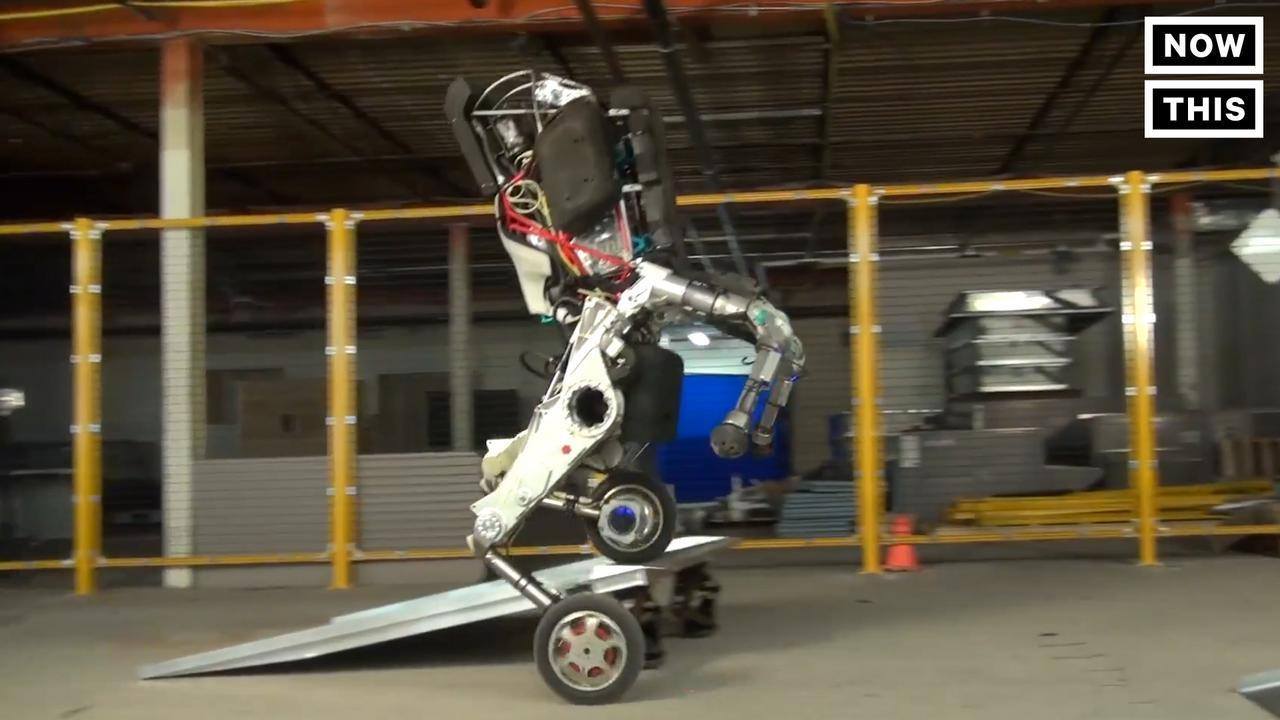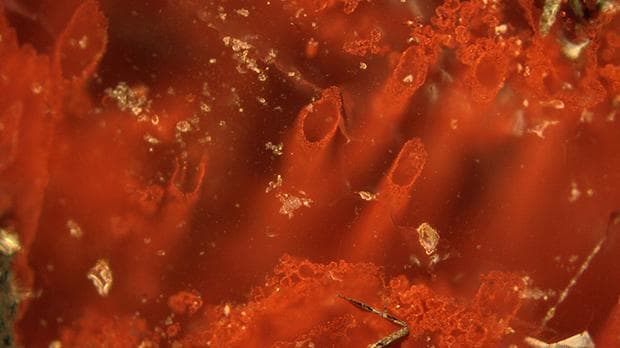Mar 5, 2017
DESTAR phased array laser systems for defending against asteroids and for space exploration
Posted by Klaus Baldauf in categories: asteroid/comet impacts, space travel
A laser phased array directed energy system has been designed and simulated. Lubin and Hughes calculated the requirements and possibilities for DE-STAR systems of several sizes, ranging from a desktop device to one measuring 10 kilometers, or six miles, in diameter. Larger systems were also considered. The larger the system, the greater its capabilities.
For instance, DE-STAR 2 – at 100 meters in diameter, about the size of the International Space Station – “could start nudging comets or asteroids out of their orbits,” Hughes said. But DE-STAR 4 – at 10 kilometers in diameter, about 100 times the size of the ISS – could deliver 1.4 megatons of energy per day to its target, said Lubin, obliterating an asteroid 500 meters across in one year.
